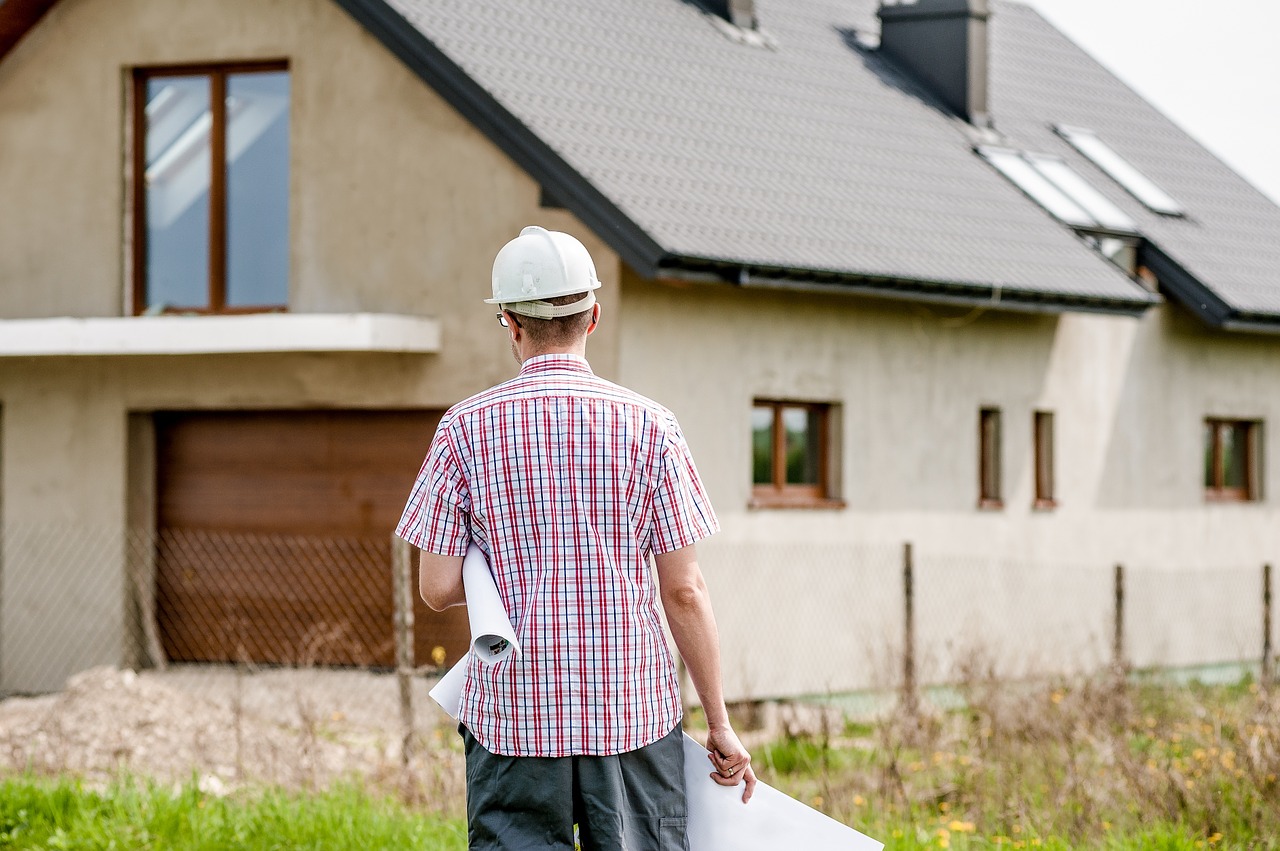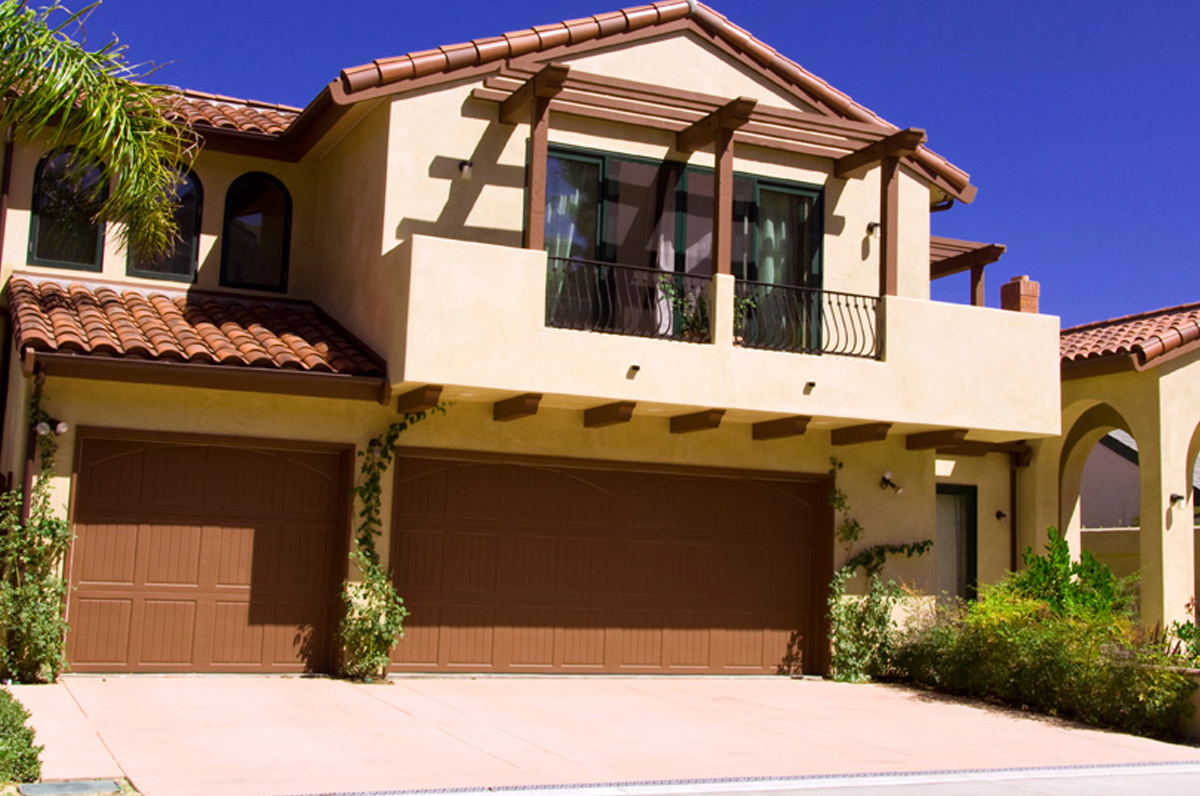Leading Tips for Selecting the most effective Stucco Contractor for Your Home Restoration Task
Leading Tips for Selecting the most effective Stucco Contractor for Your Home Restoration Task
Blog Article
Exploring the Versatility of Stucco in Modern Architecture
Stucco has long been identified for its aesthetic allure and adaptability, yet its function in modern design warrants a closer examination. By exploring its innovative applications, from striking exteriors to energy-efficient designs, one can appreciate how stucco is redefining the borders of building expression.
Historical Value of Stucco
The historic relevance of stucco is profound, as it has played a critical duty in architectural practices throughout different societies for centuries. Coming from ancient human beings, stucco was utilized by the Egyptians and Greeks as a sturdy and flexible surface for both exterior and interior surfaces. Its flexibility to different climates and capacity to imitate extra expensive materials made it a popular choice.
In the Roman period, stucco became a key attractive element, utilized thoroughly in public buildings, suites, and temples. The Romans fine-tuned the application techniques, enabling complex styles and alleviation sculptures. Throughout the Renaissance, stucco experienced a resurgence, especially in Italy, where it was utilized in ornamental information and intricate exteriors, showcasing the virtuosity of the duration.

Modern Applications in Layout
Stucco has actually found restored importance in contemporary design as a result of its flexibility and visual allure (stucco contractor). This conventional product is significantly utilized in modern layout, linking the gap between modern and traditional aesthetics. Developers and engineers appreciate stucco for its adaptability, enabling it to be applied in numerous designs-- from minimal frameworks to elaborate Mediterranean styles
In household projects, stucco provides a tidy, smooth finish that enhances the visual cohesion of facades. Its capacity to satisfy various shapes and surface areas makes it a suitable selection for both new buildings and renovation tasks. Furthermore, stucco's durability and low upkeep requirements add to its growing popularity in metropolitan setups, where resilient materials are important.
Commercial applications have likewise accepted stucco, with lots of businesses selecting this material to create inviting and distinct store fronts. Using stucco in public structures, such as institutions and neighborhood centers, showcases its potential for developing aesthetically attractive environments while providing excellent insulation residential properties.
Shade and Structure Advancements
Checking out color and texture technologies in stucco has actually opened new avenues for engineers and developers, enhancing the material's aesthetic influence in modern-day construction. Current advancements in pigment modern technology have actually permitted a larger spectrum of colors, enabling designers to create striking facades that integrate effortlessly with their environments or stand apart as vibrant building declarations. This adaptability in shade selection provides designers the capacity to stimulate details psychological reactions and harmonize with local aesthetic appeals.
Texture advancements have likewise changed stucco applications. Techniques such as shoveling, splashing, and stamping have led to diverse surface area coatings, ranging from smooth and fine-tuned to responsive and tough. These variants not only add to the building's character however also play an essential duty in light communication, enhancing the aesthetic depth and dimensionality of surface areas.
Additionally, the introduction of synthetic stucco alternatives has actually broadened layout possibilities, providing improved resilience and weather condition resistance while keeping aesthetic charm. As engineers continue to explore cutting-edge color combinations and textured finishes, stucco continues to be a image source pivotal component in modern style, showcasing the product's versatility and timeless significance in modern design.
Sustainability and Power Efficiency
Technologies in color and appearance have not only improved the aesthetic charm of stucco but additionally led the way for higher emphasis on sustainability and energy efficiency in modern-day architecture. As ecological worries become increasingly popular, the building market is turning its attention to materials that contribute positively to eco-friendly equilibrium.
Stucco, made up mostly of natural materials such as lime, sand, and concrete, uses a lasting option to more resource-intensive building products. Its longevity and toughness minimize the demand for constant replacements, thereby lessening waste and source consumption in time. Modern-day stucco solutions frequently consist of energy-efficient additives that boost insulation residential properties, lowering heating and cooling expenses for structures.
The reflective qualities of stucco can likewise be crafted to mitigate warm absorption, contributing to cooler indoor environments and much less reliance on synthetic climate control systems. By advertising power conservation and reducing the carbon footprint of structures, stucco straightens with the concepts of lasting design. As contractors and architects embrace environment-friendly techniques and innovative methods, stucco stands out as a flexible and liable option in modern design.

Study of Stucco Projects
The versatility of stucco as a building product is exhibited in different effective architectural tasks that highlight its aesthetic and functional advantages. One significant instance is the remodelling of the historical Casa de la Guerra in Santa Barbara, The Golden State. Using stucco not just protected the building's Spanish Colonial Revival style but also enhanced its sturdiness and weather resistance, ensuring long life while keeping building stability.
One more compelling situation is the contemporary domestic task, the Cactus House in Scottsdale, Arizona. stucco contractor. This striking home features a smooth stucco surface that harmonizes with the bordering desert landscape. The stucco's light shade shows warm, contributing to power effectiveness, while the distinctive surface areas include visual interest
Additionally, the Kings Cross redevelopment in London showcases the adaptability of stucco in metropolitan settings. The application of stucco Check This Out on modern-day mixed-use structures develops a cohesive aesthetic that appreciates historic context while accepting modern layout principles.
These instance researches show how stucco can serve different building purposes, from conservation and energy performance to aesthetic improvement, making it a versatile selection in contemporary style.
Conclusion
 Finally, stucco's historical relevance and modern-day flexibility make it a beneficial material in contemporary architecture. Its capability to look at here now integrate timeless looks with innovative style, combined with improvements in shade and structure, boosts its appeal. Moreover, stucco's shielding residential or commercial properties add to power efficiency, while its lasting qualities straighten with existing environmental top priorities. As demonstrated through various study, stucco continues to play a crucial role in shaping the architectural landscape of the modern-day period.
Finally, stucco's historical relevance and modern-day flexibility make it a beneficial material in contemporary architecture. Its capability to look at here now integrate timeless looks with innovative style, combined with improvements in shade and structure, boosts its appeal. Moreover, stucco's shielding residential or commercial properties add to power efficiency, while its lasting qualities straighten with existing environmental top priorities. As demonstrated through various study, stucco continues to play a crucial role in shaping the architectural landscape of the modern-day period. 
In final thought, stucco's historical relevance and modern-day convenience make it a valuable material in contemporary architecture.
Report this page